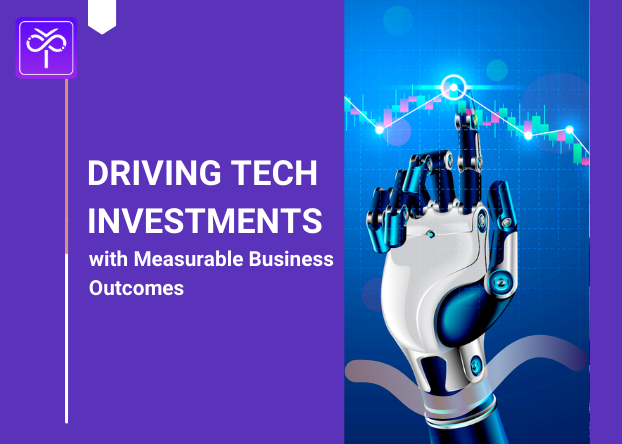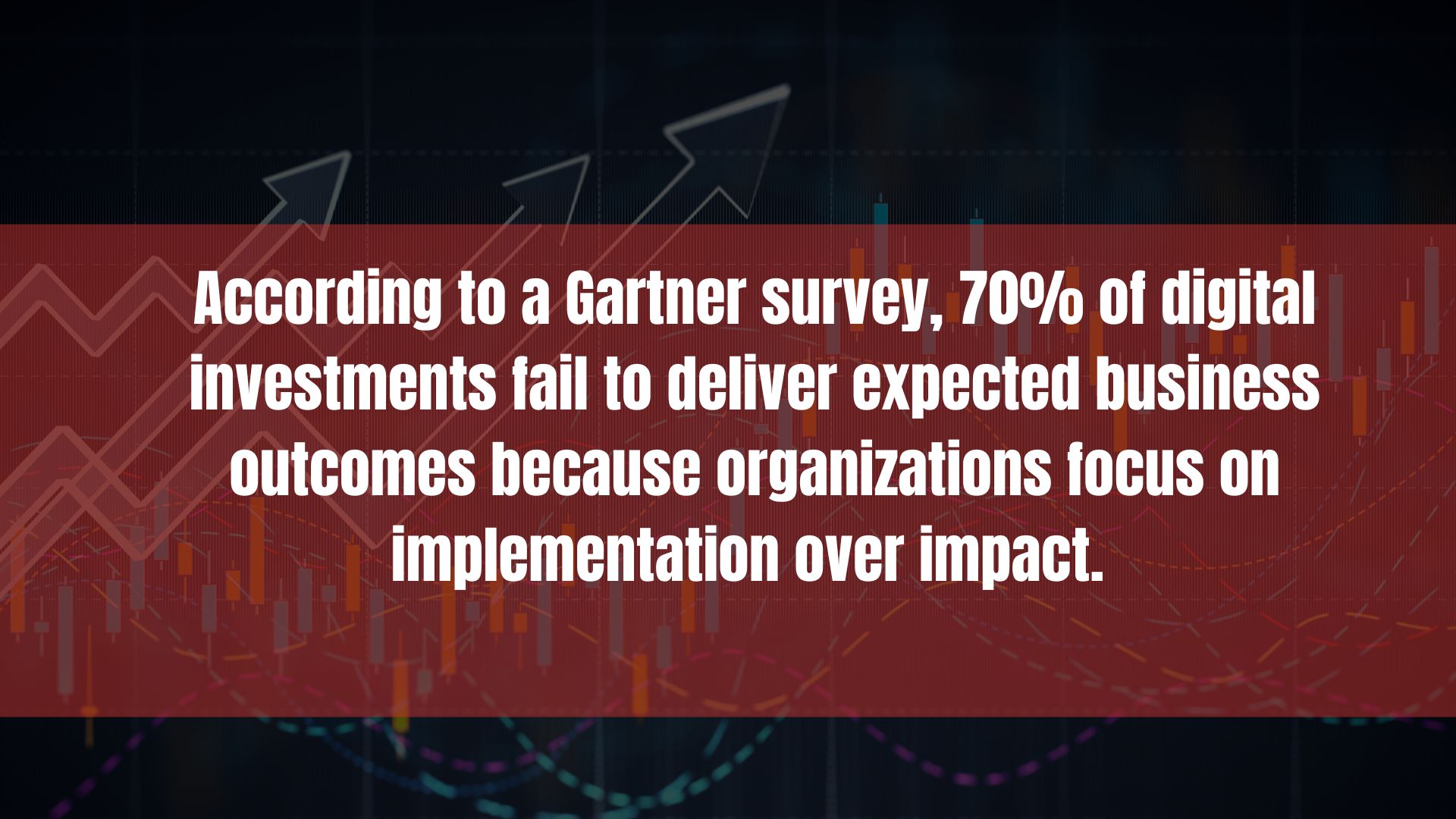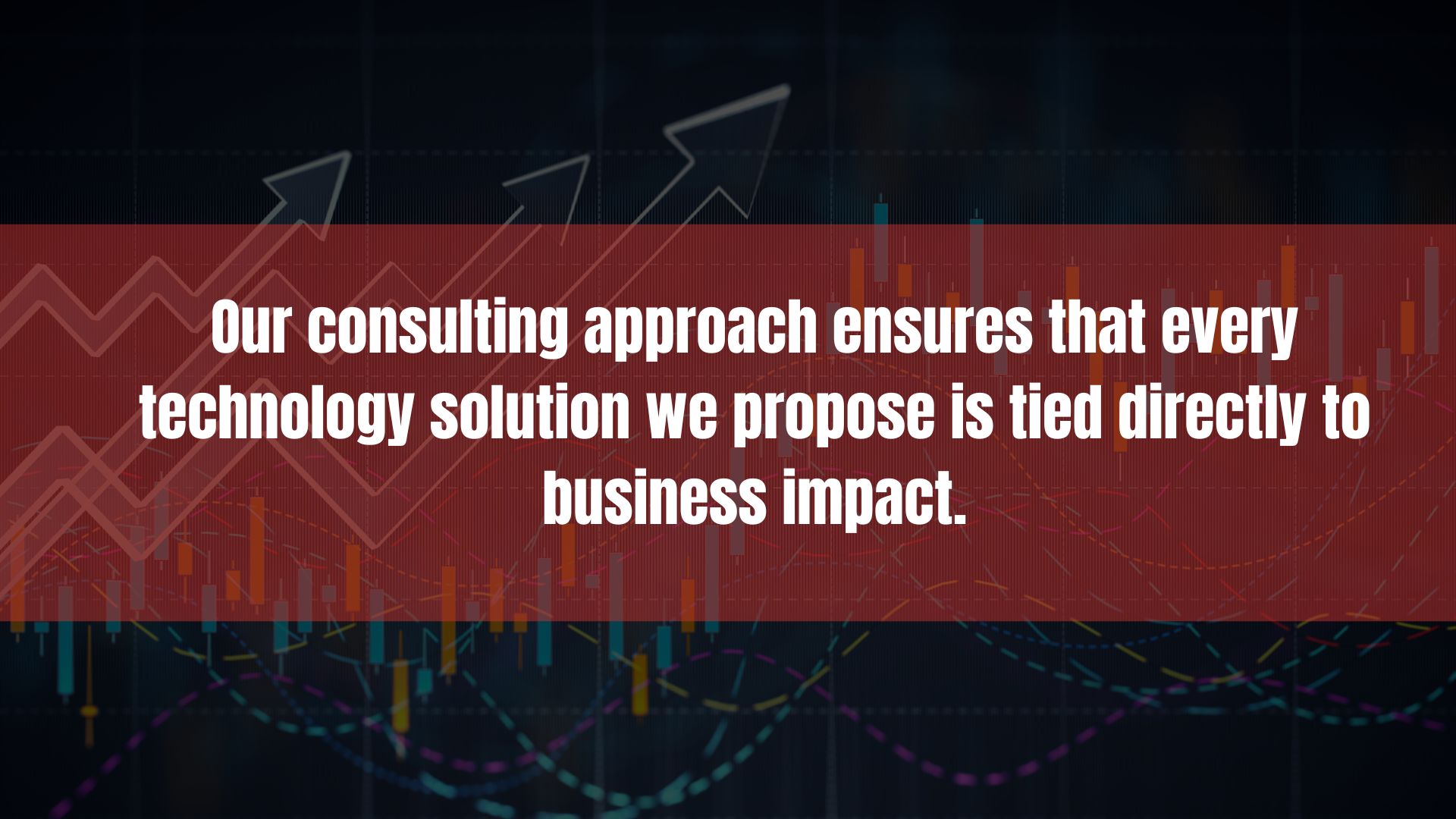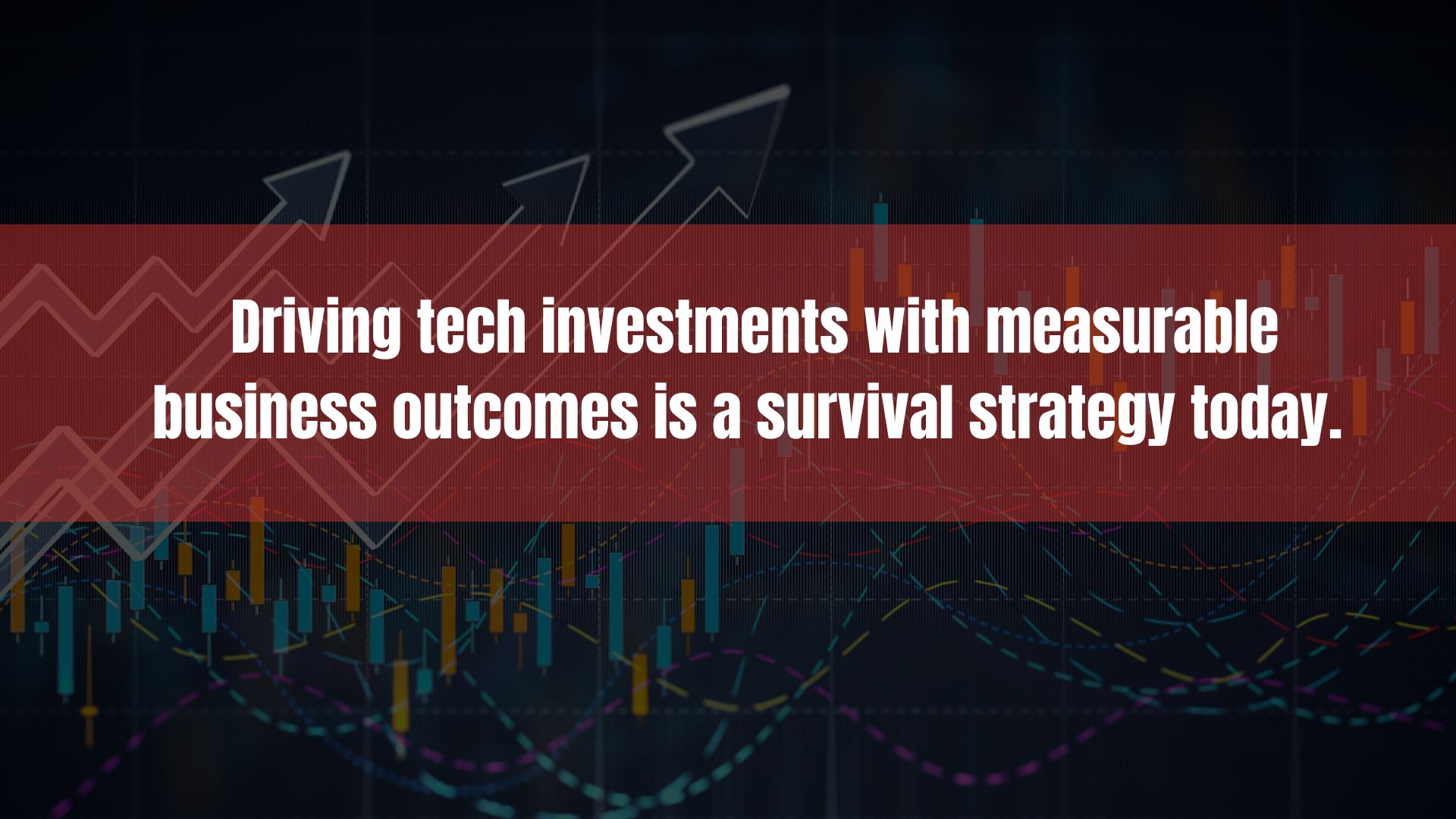
Driving Tech Investments with Measurable Business Outcomes
Technology investments are the lifeblood of business growth, customer engagement, and operational efficiency. But technology for technology’s sake doesn’t work anymore. Boards and CEOs are increasingly asking a fundamental question- “What’s the business outcome of this investment?”
For organizations, the challenge is not about whether to invest in technology, but how to ensure that every money spent translates into measurable value, be it revenue growth, cost optimization, customer satisfaction, or innovation capability. We believe that technology should be treated as a business multiplier, not just a cost center.
Why Outcomes Matter More Than Investments
A few years ago, digital transformation projects often began with buzzwords, cloud migration, AI adoption, blockchain pilots, and so on. While these technologies held immense potential, many organizations struggled to quantify the ROI. Initiatives ended up as proof-of-concepts or shelfware, failing to scale or deliver long-term benefits.
Today, boards and investors demand clarity- How will this investment increase topline revenue? What efficiencies will it create in the value chain? Will it help retain or grow customers? How soon will we break even?

This has shifted the narrative, technology must now prove itself in hard business terms.
From Tech-Centric to Outcome-Centric
Businesses must now move from tech-centric adoption (“let’s use AI because it’s trending”) to outcome-centric adoption (“let’s use AI to reduce claims processing time by 40% and cut operational costs”).
The difference lies in three dimensions
- Strategy Alignment– Tech initiatives must tie directly to business goals, not IT roadmaps alone.
- KPIs & Metrics– Every investment should have clear, quantifiable metrics tied to revenue, cost, or customer outcomes.
- Scalability– Projects should be designed with scale and long-term value in mind, not as short-term experiments.
This outcome-driven approach is where organizations can truly extract business value from their IT spend.
Measuring the Right Outcomes

Businesses should classify them into categories such as
Financial Outcomes
- Revenue growth through new digital channels
- Reduced operational costs with automation
- Higher margins via process optimization
Customer Outcomes
- Improved customer experience and loyalty
- Faster service delivery
- Personalization and targeted offerings
Operational Outcomes
- Reduced downtime in critical systems
- Higher workforce productivity
- Supply chain resilience
Innovation & Growth Outcomes
- Faster go-to-market for new products
- Increased agility in responding to market trends
- Building future-ready capabilities
Organizations can clearly see the value chain from investment → execution → business impact by linking each tech investment to a tangible outcome.
Building a Business-Outcome Framework
PCPL recommends a structured approach to ensure tech investments are tightly coupled with outcomes
- Define Business Priorities First
Start with the business strategy, not the technology stack. What are the organization’s top priorities, expanding into new markets, reducing costs, improving customer retention? This clarity ensures technology becomes an enabler, not a distraction.
- Map Technology to Outcomes
For each business priority, identify technologies that can directly influence measurable results. For example, Cloud adoption→ Faster time-to-market and reduced infrastructure costs, AI & analytics→ Improved decision-making and personalization, and Automation→ Lower operational expenses and increased accuracy
- Set Success Metrics
Define KPIs at both business and technology levels. For example, reduce order-to-cash cycle time by 25% or implement workflow automation with 98% accuracy.
- Build Roadmaps, Not Projects
Instead of siloed projects, create roadmaps that allow for scalability and evolution. A digital platform should be built with modularity so that new business models can plug in easily.
- Measure, Monitor, Improve
Adopt a culture of continuous measurement and feedback. Use dashboards to track whether investments are hitting the desired outcomes. Adjust quickly if they’re not.
PCPL’s Role in Driving Measurable Outcomes

- Context-Driven Consulting– We align solutions with your unique business context.
- Custom Roadmaps– We build scalable, phased roadmaps to ensure long-term ROI.
- Outcome Metrics- We define KPIs with you and ensure measurable success tracking.
- Cross-Industry Expertise– From finance to manufacturing, we bring insights from diverse sectors to maximize value.
- Future-Readiness– Our solutions are designed to adapt, ensuring your business stays relevant in evolving markets.
The Future of Tech Investments
Looking ahead, the pressure on CIOs and CTOs will only increase. With IT budgets under scrutiny, organizations will demand proof of impact for every initiative. Emerging technologies like Generative AI, blockchain, and quantum computing will find their place in enterprise strategies only when linked to real business outcomes such as product innovation, faster R&D cycles, or enhanced customer trust.
Organizations that continue to treat tech investments as experiments risk losing ground. Those that anchor technology to measurable business outcomes will build resilience, agility, and growth in the digital-first economy.

Businesses that align technology with their core goals, measure success rigorously, and build for scalability will outpace competitors in efficiency, growth, and customer loyalty.
PCPL is committed to helping businesses deal with this shift, from investing in technology to investing in outcomes. Because in the end, the value of technology is not in the code, but in the change it creates.
References
